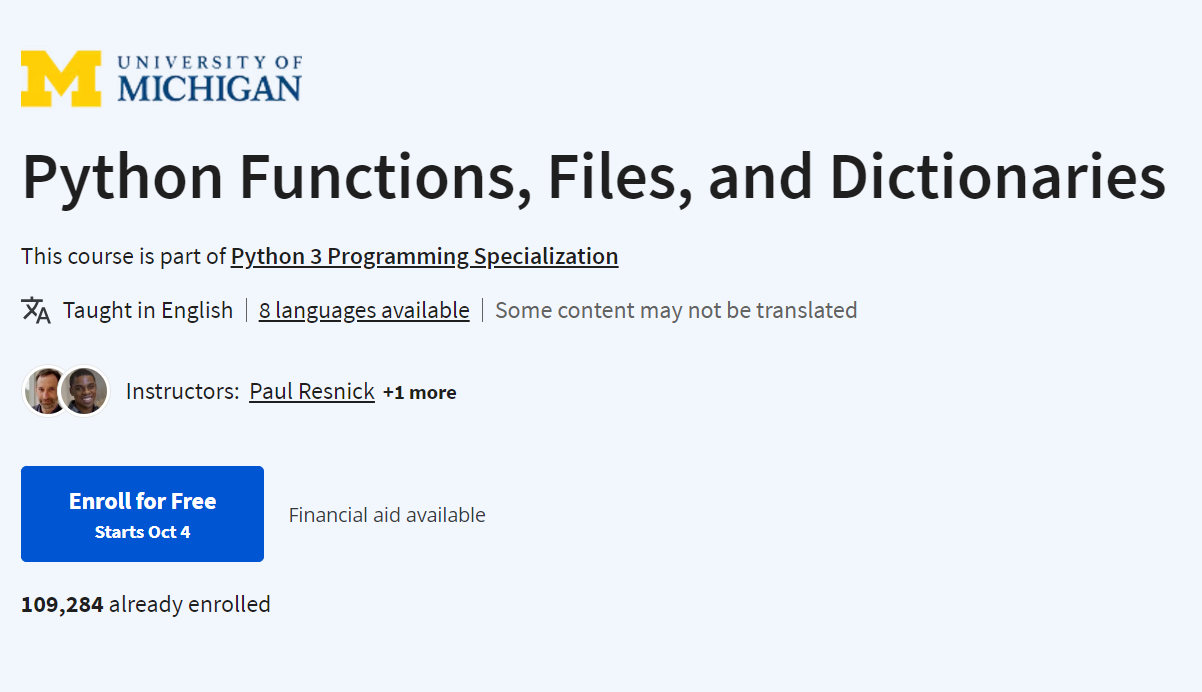import matplotlib.pyplot as plt
# Define the data for the funnel chart
labels = ['Step 1', 'Step 2', 'Step 3', 'Step 4', 'Step 5']
values = [100, 75, 50, 30, 10]
# Calculate the cumulative values for plotting
cumulative_values = [sum(values[:i+1]) for i in range(len(values))]
# Define colors for each segment
colors = ['blue', 'green', 'orange', 'red', 'purple']
# Create the funnel chart
fig, ax = plt.subplots()
for i in range(len(labels)):
ax.fill_betweenx([i, i + 1], 0, cumulative_values[i], step='mid', alpha=0.7, color=colors[i])
ax.set_yticks(range(len(labels)))
ax.set_yticklabels(labels)
ax.set_xlabel('Conversion Rate')
# Add labels to the bars
for i, value in enumerate(cumulative_values):
ax.annotate(str(value), xy=(value, i), xytext=(5, 5), textcoords='offset points')
plt.title('Funnel Chart')
plt.show()
#clcoding.com


.png)


.png)

.png)


.png)

.png)
.PNG)
.png)

.png)


.png)

.png)

.png)


.png)
.png)

.png)
.png)
.png)
.png)
.png)


.png)



.png)

















.png)

























